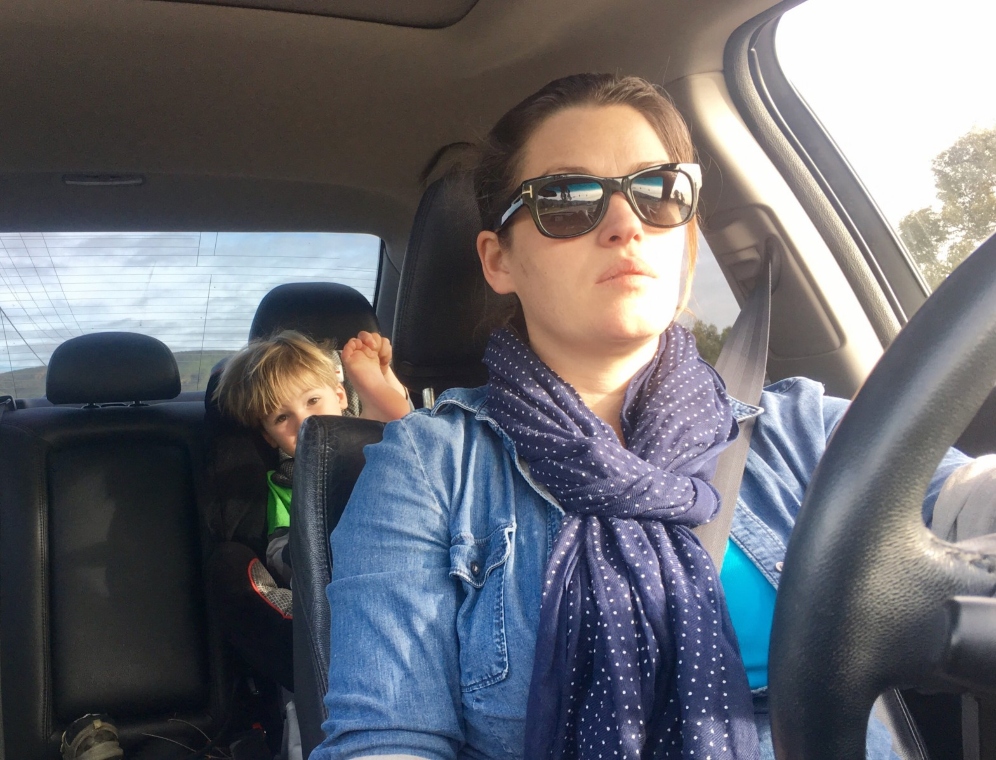
IN THIS ARTICLE
If you ask any group of moms, you’d probably have difficulty finding any that say that disciplining their toddler is their favorite part of the job. While figuring out how to discipline a toddler to get positive results can be difficult, it’s also deeply important work. How we discipline our toddlers matters. It matters both in the short term as you get them to stop a particular behavior. But it may matter even more in the long term, as the how and why you discipline teaches them lessons about what your family values, how you treat other people, and what kind of behavior is acceptable.
Positive discipline aims to help your toddler learn to regulate their emotions and behavior. Read on for essential tools to discipline your toddler with positive results.
Stay calm

There’s no doubt that toddlers can make even the most zen mama feel like she is going to lose it, but the more calm you can bring to the moment of discipline, the better. There’s research that shows that yelling can actually make behavior problems worse, so try to take some deep breaths or a few moments to calm down before and during the discipline moment. Your toddler is more likely to listen when you are calm — and that’s a win for everyone!
Positive reinforcement
If one of your parenting goals is to help your toddler understand what kinds of behaviors are acceptable, you’ll want to get in the habit of catching her in the act of doing the right thing.
Amy Santos, preschool teacher and mom of two in Denver, Colorado, shares her approach: “I look for kids who are using walking feet or who are picking up after themselves or who are being kind to a friend and I praise the heck out of them. I want them to know not just what is wrong but also how to do what is right.” Positive reinforcement of good behavior might just help limit some of bad behavior in the future.
Be consistent

Toddlers are basically little scientists. Every day they are trying to figure out how the world works, which is why routine and consistency is so important. Having consistent rules helps a toddler develop self-regulation skills while also helping them feel safe and secure. Toddlers often need to hear the same lessons more than once to fully understand them, so consistently giving toddlers the same messages (“No, we don’t hit. Hitting hurts. We use our hands for gentle touches.”) gives them time to really learn them.
Be age-appropriate
One of the keys for positive results when disciplining a toddler is to be age-appropriate. Recognize that they are still learning how to manage their own emotions and that their behavior can be triggered by things like hunger, missing a nap, feeling sick or physically uncomfortable, or not having the verbal skills they need to tell you what they want or need. Set them up for success by trying to avoid triggering situations.
Why you shouldn’t spank
Let’s be blunt: Spanking or other forms of physical discipline don’t produce positive results. Spanking a toddler not only causes them physical pain, but the scientific evidence is clear that it can cause lasting psychological harm. If the goal of discipline is to teach your toddler a lesson about behavior, do you really want that lesson to be “sometimes people who love you are allowed to hit you”?
Act with empathy

Part of disciplining for positive results means recognizing that it can be hard to be a toddler. Toddlers are just starting to realize that they are a separate person and yet they are so often at the mercy of someone else. They are starting to have strong preferences and opinions, but may not have the verbal skills to explain what they want. When your child is upset or frustrated, try mirroring their feelings back to them. For example, you can say, “I know you want to keep playing. Playing is fun. But we have to get in the car now so we can go to the store. At the store, can you help me pick out the apples?” as a way of showing empathy for their feelings while also giving them something to look forward to as you transition to the next activity.




